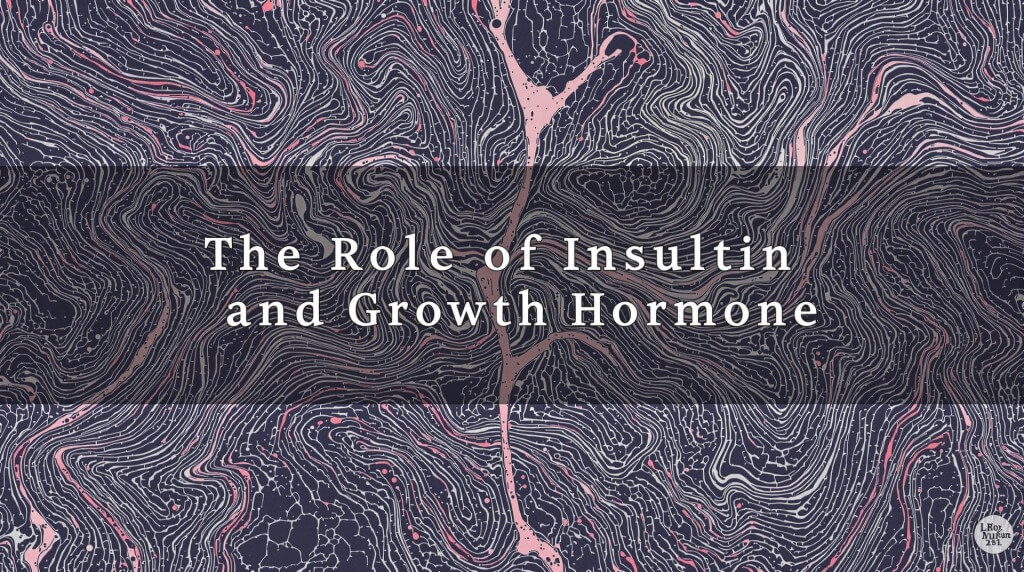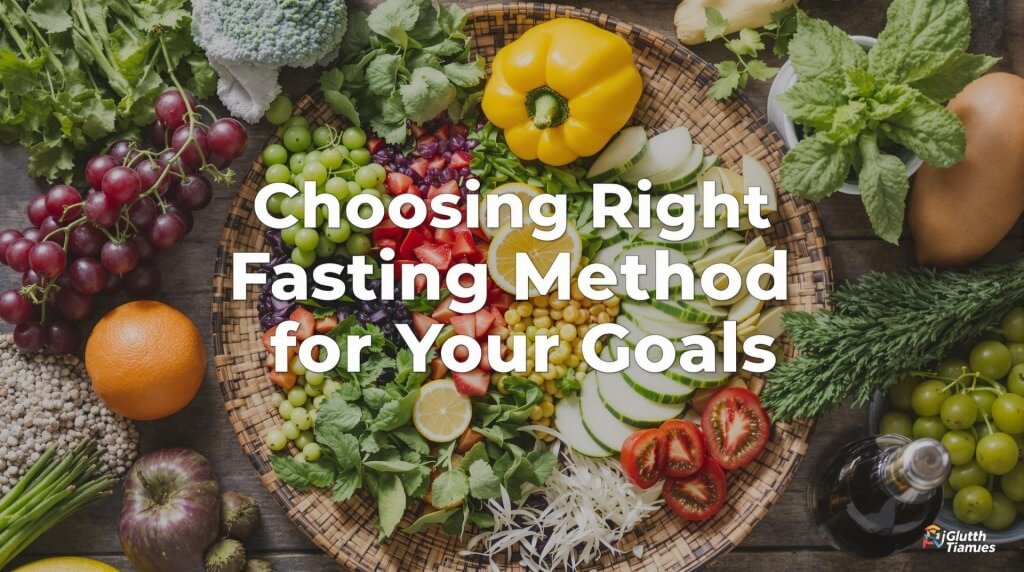Fasting Methods for Bodybuilders
Picture a seasoned bodybuilder skipping breakfast. It might seem counterintuitive at first, yet that’s precisely what many athletes are doing to explore the benefits of fasting. Combining the centuries-old practice of abstaining from food with modern bodybuilding techniques has caught the attention of those looking to optimize both physique and performance. From enhanced muscle definition to potential fat loss, strategic fasting is gaining traction among competitors and hobbyists alike.
One reason for this growing interest lies in fasting’s reported ability to reduce body fat while preserving lean muscle. Athletes and bodybuilders are always on the lookout for an extra edge, and timed periods of not eating appear to offer a valuable addition to their toolkit. By carefully scheduling windows of food intake and abstinence, some have noticed improvements in metabolic rate, insulin sensitivity, and growth hormone release—all key factors in achieving a more chiseled look.
Yet, the true impact of fasting on bodybuilding goes deeper than simple calorie cutting. Anecdotal reports from gym enthusiasts highlight benefits like better hunger management and improved dietary discipline. While personal experience is helpful, scientific research into fasting’s effects on muscle growth and fat loss continues to expand. For those curious about weaving fasting into their training, the next step is to learn how to do it wisely. When handled correctly, fasting can serve as an effective method for shedding excess weight, bulking intelligently, or maintaining hard-earned muscle.
Science Behind Fasting and Muscle Growth
Impact on Muscle Synthesis and Repair
At first glance, “fasting” and “muscle growth” might sound like opposing ideas, especially given the usual emphasis on regular protein intake. However, emerging evidence suggests that thoughtfully timed fasting periods don’t necessarily sabotage muscle gains. During these fasting windows, your body experiences a variety of hormonal shifts that help protect muscle tissue.
A key part of this process is autophagy, a cellular cleanup mechanism triggered when nutrients are scarce. Essentially, autophagy recycles damaged proteins, which can improve muscle repair once you break your fast. For bodybuilders, this subtle housekeeping can mean healthier muscle cells and a more efficient recovery cycle in the long run.
The Role of Insulin and Growth Hormone
Two hormones—insulin and human growth hormone (HGH)—play pivotal roles in fasting’s interaction with muscle. As soon as your body enters a fasted state, insulin levels drop because there’s less glucose circulating from food intake. Lower insulin tends to facilitate fat burning, since insulin normally blocks lipolysis (the process of breaking down stored fats).
Meanwhile, fasting can stimulate an increase in HGH, an essential hormone for both muscle preservation and fat metabolism. By promoting protein synthesis and aiding in muscle recovery, HGH can help bodybuilders stay anabolic even when calories aren’t flowing around the clock. In short, a well-planned fast can bolster an environment favoring muscle retention while tapping into fat reserves.
Scientific Studies on Muscle Preservation
Several research findings support the idea that short-term fasting doesn’t automatically lead to muscle loss if one manages it properly. Studies indicate that intermittent fasting can actually preserve lean body mass while helping burn excess fat, provided you refuel with adequate nutrients during eating periods.
In fact, some researchers have found that intermittent fasting can help the body use glycogen stores more efficiently during exercise, which could pay off in better endurance and recovery. As long as you don’t create a massive calorie deficit and you focus on nutrient-dense meals in your eating window, chances are you can benefit from fasting without sacrificing the muscle you’ve worked so hard to build.
Different Types of Fasting Methods
Bodybuilders intrigued by fasting have a handful of approaches to consider. One of the most popular options is Intermittent Fasting (IF), especially the 16/8 format, where you fast for 16 hours and pack all of your day’s meals into the remaining 8. This strict eating schedule can help keep total calories in check while providing a consistent window for fat burning. Plenty of enthusiasts point to growth hormone boosts and improved insulin sensitivity as added bonuses.
Another strategy is Alternate-Day Fasting (ADF), in which you fast every other day (or drastically reduce calories to around 500) on those alternate days. Bodybuilders often find it effective for cutting phases, as it can accelerate fat loss yet preserve muscle mass when done carefully. The biggest challenge, of course, is maintaining enough stamina for strenuous workouts on fasting days. Still, research suggests ADF might improve insulin sensitivity, potentially shifting nutrition toward muscle growth over fat storage.
Then there’s Extended Fasting, where you might go without food for 24 to 48 hours or longer. This method tends to pop up among athletes during off-seasons or lower-intensity training phases when the risk of muscle catabolism can be mitigated with careful planning. While longer fasts can quickly drop body fat, they also require close attention to hydration and electrolyte balance. Sipping on bone broth or using electrolyte supplements during these windows can help maintain energy and reduce muscle breakdown.
Fasting Method Comparison
Intermittent Fasting (16/8)
• Benefits: Can boost growth hormone and simplify calorie control
• Drawbacks: Requires sticking to a tight eating schedule
Alternate-Day Fasting
• Benefits: Helpful for cutting, may improve insulin sensitivity
• Drawbacks: Maintaining energy on fasting days can be tough
Extended Fasting (24–48 hrs)
• Benefits: Potential for rapid fat loss
• Drawbacks: Risk of muscle catabolism if poorly managed
Time-Restricted Eating offers yet another twist, focusing on narrowing the daily eating window without necessarily changing calorie totals too drastically. For example, you might limit meals to noon through early evening, like 12 PM to 6 PM. Some bodybuilders prefer this approach for its flexibility while still enjoying many metabolic perks such as better circadian rhythm alignment and smoother digestion.
Ultimately, choosing from these fasting methods depends on individual goals, whether that’s trimming down while retaining muscle, entering a new bulking cycle without piling on fat, or simply maintaining an already lean build. By matching the method to training demands and lifestyle, you’re more likely to see the results you want.
Choosing the Right Fasting Method for Your Goals
Aligning Fasting Methods With Different Phases
Before deciding on a fasting plan, it helps to think about whether you’re cutting, bulking, or maintaining. If you’re in a cutting phase, intermittent fasting protocols like 16/8 can work wonders. They encourage a caloric deficit that promotes fat loss, yet still provide a structured window to take in enough protein and nutrients. For a bulking phase, time-restricted eating might help keep calories high enough for muscle growth while giving your digestive system a break between meals.
Meanwhile, those who are in a maintenance phase might experiment with Alternate-Day Fasting. Because you’re already at or near your target weight, the alternating days of normal eating and lower-calorie intake can help prevent metabolic slowdown, all while giving your body consistent “rest” days from digesting large amounts of food.
Lean Muscle Mass Preservation Considerations
Protecting your hard-earned muscle is a top priority, so it’s important to choose a fasting method that won’t lead to a steep drop in overall protein intake. Even methods like the “Warrior Diet” (20-hour fast, 4-hour eating window) can work if you meticulously plan when and how you get your protein. Spreading out protein throughout the eating window can support muscle repair while preventing prolonged catabolism.
Since bodybuilders especially rely on consistent insulin levels to encourage muscle synthesis, weight training combined with smart fasting can bolster lean mass retention. Ongoing research suggests that pairing resistance workouts with particular fasting schedules may yield better results than traditional calorie-restricted diets alone.
Lifestyle and Workout Regimen Compatibility
Sometimes, the “best” fasting method is simply the one that fits into your life. Maybe your work schedule makes frequent meals impossible, so a tighter eating window is less stressful. Alternatively, extended fasts might be easier if you have structured rest days, meaning you can tackle intense lifts when you’re well-fed.
Keep in mind that any fasting approach should also align with your sleep habits and social commitments. If you repeatedly have to skip meals during family dinners or social events, you might burn out on fasting quickly. The ideal plan not only meets your bodybuilding needs but also feels sustainable in your day-to-day life.
Macronutrient and Micronutrient Considerations
While fasting naturally limits your eating window, the time you do spend eating needs to be well planned. Macronutrients—protein, fats, and carbs—still underpin your gains (or losses). Among these, protein is non-negotiable, as it’s responsible for muscle synthesis. Many bodybuilders aim for around 0.7 to 1 gram of protein per pound of body weight to support muscle maintenance and growth, even in a fasted regimen.
Carbs and fats also matter. Carbohydrate timing can influence energy availability and recovery, so high-quality carbs (sweet potatoes, oats, quinoa) are often best around workouts. Healthy fats from sources like avocados and nuts supply sustained energy and help balance hormones. Don’t overlook micronutrients, either. Vitamins and minerals remain vital for metabolic processes, and electrolytes (like sodium, potassium, and magnesium) become especially critical if you’re training hard on fewer meals.
Macronutrient Guidelines
• Protein: 0.7–1 gram per pound of body weight
• Fat: 0.3–0.4 grams per pound of body weight
• Carbohydrates: Adjust according to training intensity
Spreading your meals efficiently during your feeding window—while still hitting these macronutrient goals—helps maintain muscle, manage hunger, and keep energy steady. By combining smart macro planning with good hydration and essential micronutrients, you’ll be able to capitalize on the perks of fasting without compromising performance.
Pre- and Post-Fasting Nutrition Strategies
Properly fueling up before a fast can make the experience smoother and less draining. A meal packed with complex carbs, lean protein, and healthy fats—think grilled chicken with brown rice and avocado—provides steady energy and helps curb hunger during the fast. Don’t forget to drink plenty of water leading up to your fasting window to stay hydrated.
Once you wrap up the fast, turn your attention to replenishing glycogen and jump-starting recovery. Many bodybuilders choose easily digestible protein sources like whey shakes or eggs soon after their fast ends. This quick influx of amino acids aids muscle repair and helps refill depleted energy stores.
To avoid overwhelming your system, reintroduce carbs gradually. Complex carbs such as oats or whole wheat pasta can deliver steady energy without sending your insulin on a roller-coaster ride. Hydrating foods like fruits, soups, and vegetables also play a key role in restoring your fluid balance, especially if you’re frequently training at high intensity.
Common Challenges and How to Overcome Them
Anyone who’s tried fasting knows that hunger pangs and fatigue can be tough early on. If you’re used to eating every few hours, the sudden shift can feel jarring. One way to combat this is by loading up on fiber from vegetables, legumes, and whole grains, as they digest slowly and keep you feeling fuller. Drinking enough fluids—plain water, herbal tea, or even zero-calorie drinks—can also help curb the urge to snack.
Maintaining workout intensity is another hurdle. Low blood sugar during a fast may sap your energy, making it harder to grind out that last rep. Timing your toughest sessions toward the end of your fasting window, just before you eat, can give you an energy boost from your previous meal. Adding some electrolytes during your fast can also help ward off cramps and keep your performance on track.
Consistent hydration is vital here. Dehydration not only lowers performance but can heighten the risk of injury. Aim for at least eight glasses of water daily, and consider drinks like coconut water or an electrolyte supplement if you notice frequent muscle cramps. Adding foods high in potassium (bananas, avocados) and magnesium (spinach, almonds) during your feeding window can reinforce your electrolyte balance.
Potential Risks and Precautions
Fasting offers promising benefits, but it’s not without risks—particularly if you’re pushing your body hard. One major concern is underfueling: if your calorie intake is too low for extended periods, it can sap muscle mass, sap energy, and even mess with hormones that are key to bodybuilding.
Electrolyte imbalance is another potential pitfall. Fasting often means you’re not just eating less, but sometimes forgetting to drink enough. When training intensity is high, sweating out minerals like sodium, potassium, and magnesium can lead to cramps or worse. Staying aware of your hydration, possibly with electrolyte supplements, is crucial.
Those with pre-existing conditions—especially issues with blood sugar regulation—should consult a healthcare professional before jumping into fasting. That applies to people taking specific medications or living with eating disorders, too. A professional opinion can help tailor a fasting regimen that avoids aggravating any health concerns.
Re-feed days, where you briefly return to normal eating, can safeguard against some of these challenges. Above all, it’s important to listen to your body. If you’re feeling dizzy, overwhelmingly hungry, or chronically fatigued, consider adjusting your fasting protocol—either shortening the duration or adding extra calories—to protect both your health and your muscle gains.

Success Stories and Case Studies
Real-life examples often speak louder than theory. Professional bodybuilder John Rivera found himself stuck on a plateau while trying to shed the last bit of body fat before a competition. By adopting the 16/8 intermittent fasting method, he created a caloric deficit without sacrificing muscle mass, eventually carving out the definition he needed to stand out on stage.
Another success story comes from Emily Thompson, who struggled during a bulking phase. She tried Alternate-Day Fasting—eating at maintenance on her “feast” days and reducing calories on her “fast” days—to keep fat gains in check while still prioritizing muscle growth. Over time, Emily noticed she was steadily increasing lean mass without the typical off-season fluff that can bog down a solid physique.
Then there’s Mark Jenkins, an amateur bodybuilder in Chicago who experimented with occasional extended fasts of around 24 to 48 hours after vacations or cheat weekends. He found that these short stretches of fasting helped him drop any extra weight from indulgent meals without undercutting the muscle he’d built in the gym. Though challenging, Mark’s approach helped reset his metabolism and quickly steer him back toward his target conditioning.
These examples underscore the idea that fasting methods aren’t one-size-fits-all. Each athlete had specific goals and lifestyle considerations, yet they all found ways to integrate fasting into their training. For bodybuilders keen on exploring the benefits, understanding both the science and real-world anecdotes can make it simpler to decide whether to give fasting a try—and how to do it right.
In the end, fasting can serve as a powerful tool when carefully aligned with your bodybuilding objectives. Whether you’re interested in cutting, bulking, or simply maintaining a lean, muscular physique, the key is to be informed, plan well, and remain adaptable. While the science behind fasting continues to evolve, many athletes have already discovered that taking short breaks from food can yield substantial rewards—provided the approach is both thoughtful and personalized.










